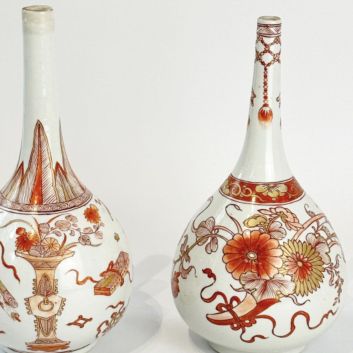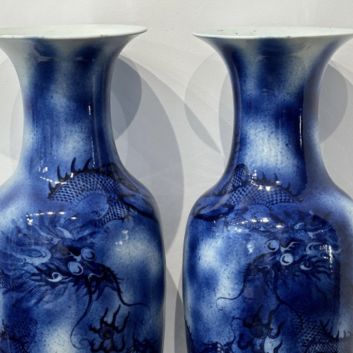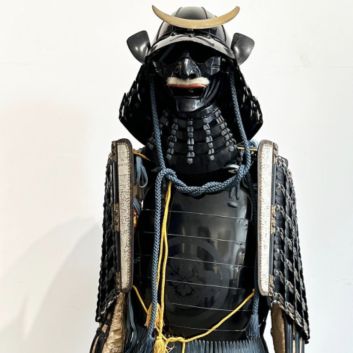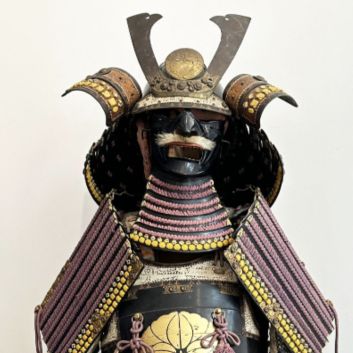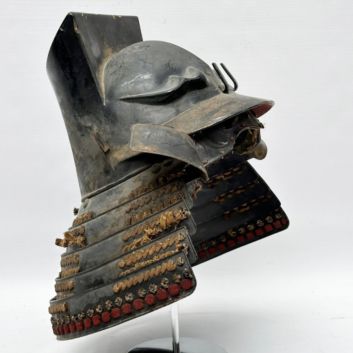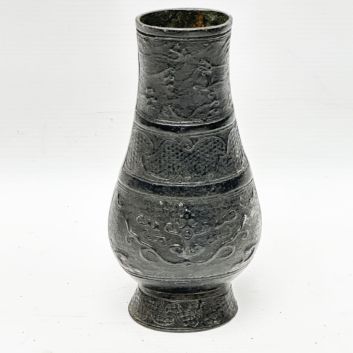Rating and value of Japanese porcelain: Imari and Satsuma...
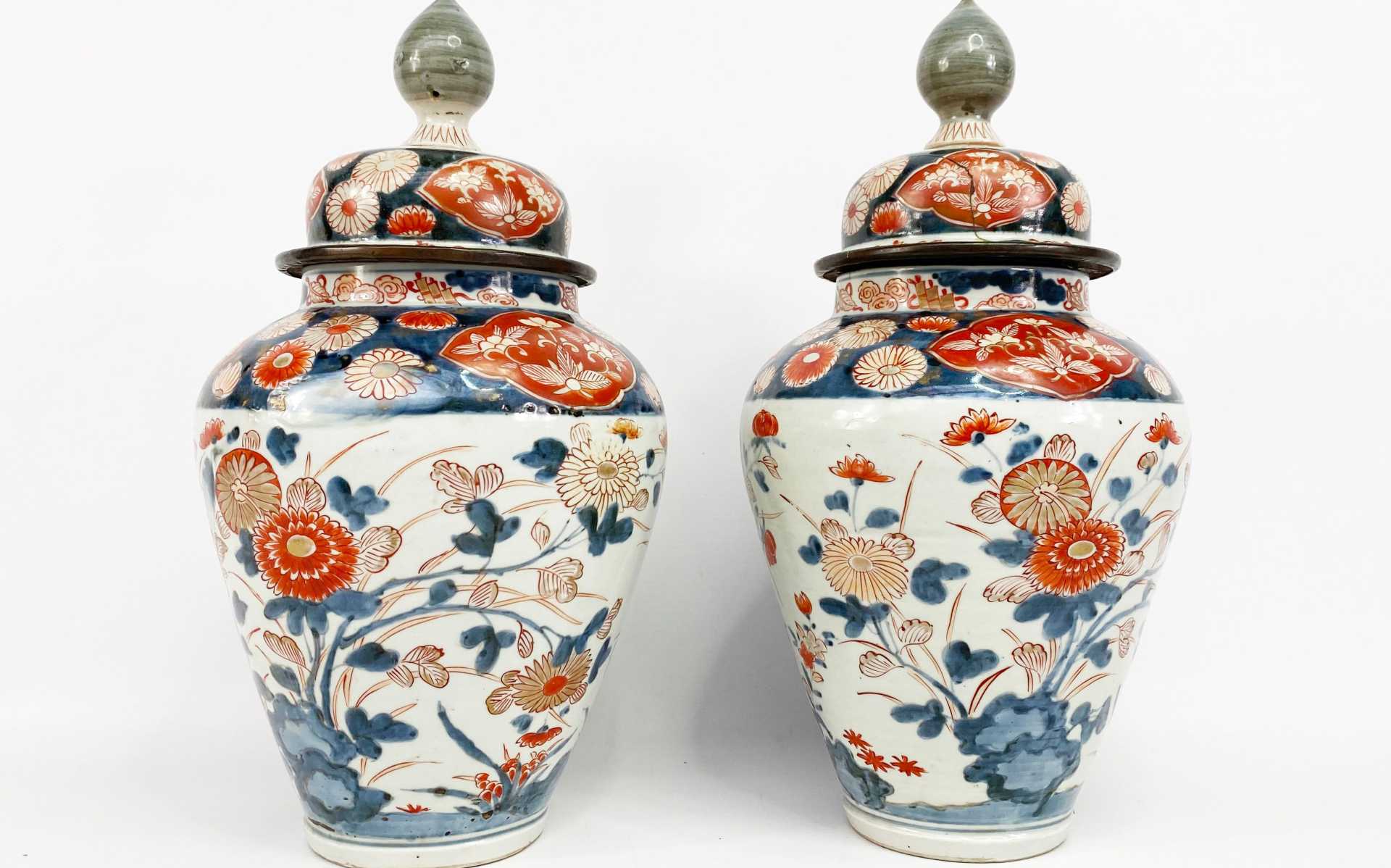
If you own one or more pieces of porcelain, or think you do, and would like to know their value, our state-approved experts and auctioneers can offer you their expert appraisal services.
Our specialists will carry out a free appraisal of your piece, and provide you with a precise estimate of its value on today's market.
Then, if you want to sell your work, we'll point you in the right direction to get the best possible price for it.
Rating and value of Japanese porcelain
Japanese porcelain is known and appreciated the world over. Japan was one of the first countries to produce it. Today, the price of certain pieces continues to rise under auctioneers' gavels.
Sculpted porcelain groups and vases with painted enamels are particularly prized, especially by Japanese buyers, and the price at which they sell on the art market ranges from €5 to €500,000, a considerable delta but one that speaks volumes about the value that can be attributed to porcelain from Japan.
In 2012, a Japanese silver vase with a low body and chased decoration sold for €40,000, whereas its estimate was between €4,500 and €5,000.
Order of value from simple porcelain to the most prestigious
Type of Japanese porcelain object | Results |
|---|---|
Tea/coffee set and plates | From €5 to €127,000 |
Vase | From €5 to €500,000 |
Sculpture/sculpted group | From €5 to €90,000 |
Other object (lamp/carafe) | From €10 to €150,000 |
Response in less than 24h
Japanese porcelain style and technique
Japanese porcelain took shape during the Jomon period, before 300 B.C., and archaeologists consider this to be one of Japan's earliest periods.
From the earliest traces of ceramic production, porcelain, as a specific type of ceramic, gradually came to the fore.
Japanese craftsmen, influenced by their Chinese counterparts, began to master the art of porcelain making, refining techniques over the centuries.
However, it was really from the Tang period onwards that porcelain reached an increasingly high level of refinement, considerably influencing Japanese production.
From then on, porcelain became one of the most prized materials among the Japanese aristocracy, particularly for its qualities of finesse and transparency.
By combining the skills inherited from Chinese ceramists with local specificities, Japanese craftsmen introduced innovations that would make porcelain an art form in its own right, so appreciated for its elegant shapes and subtle decorations.
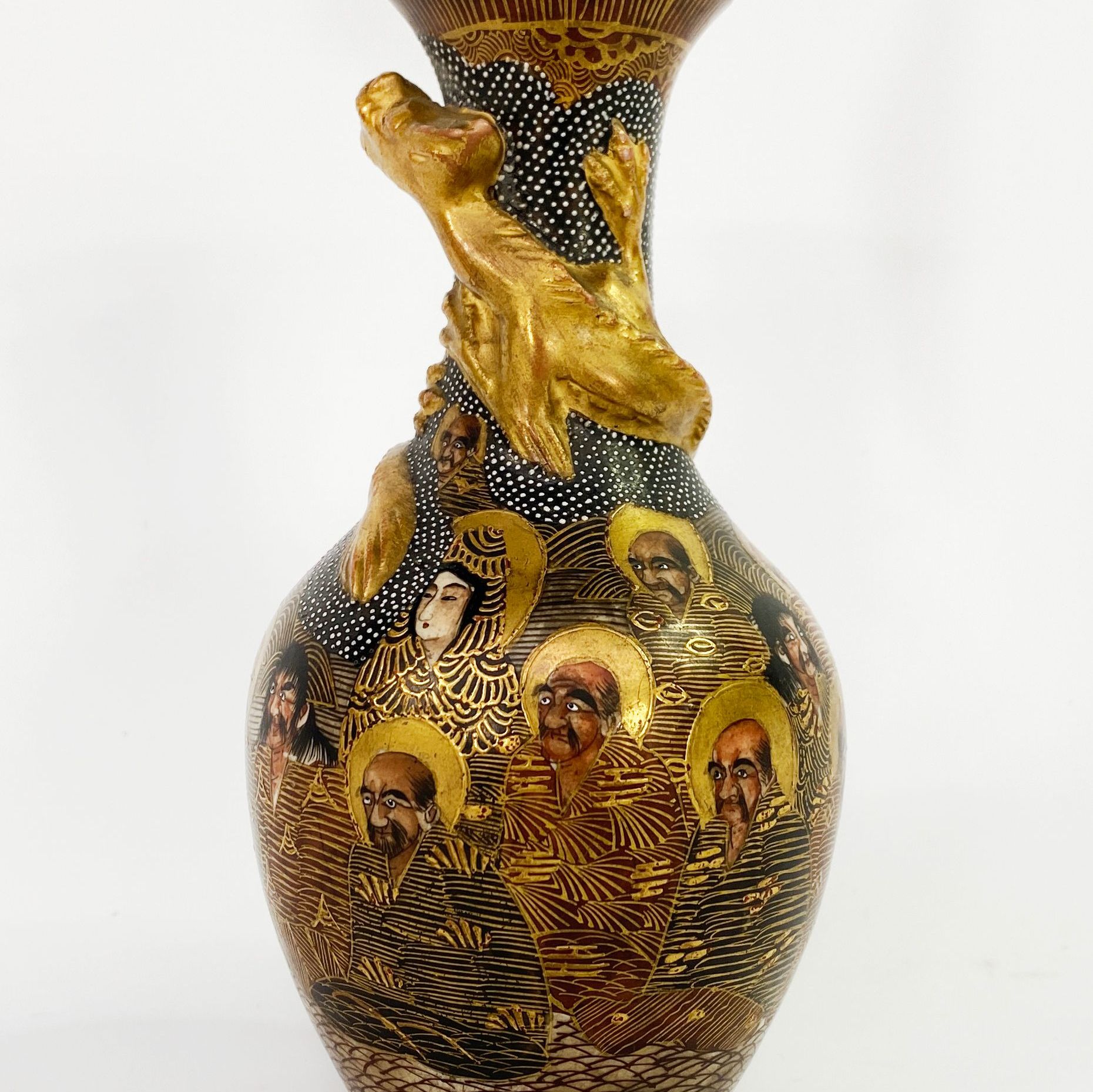
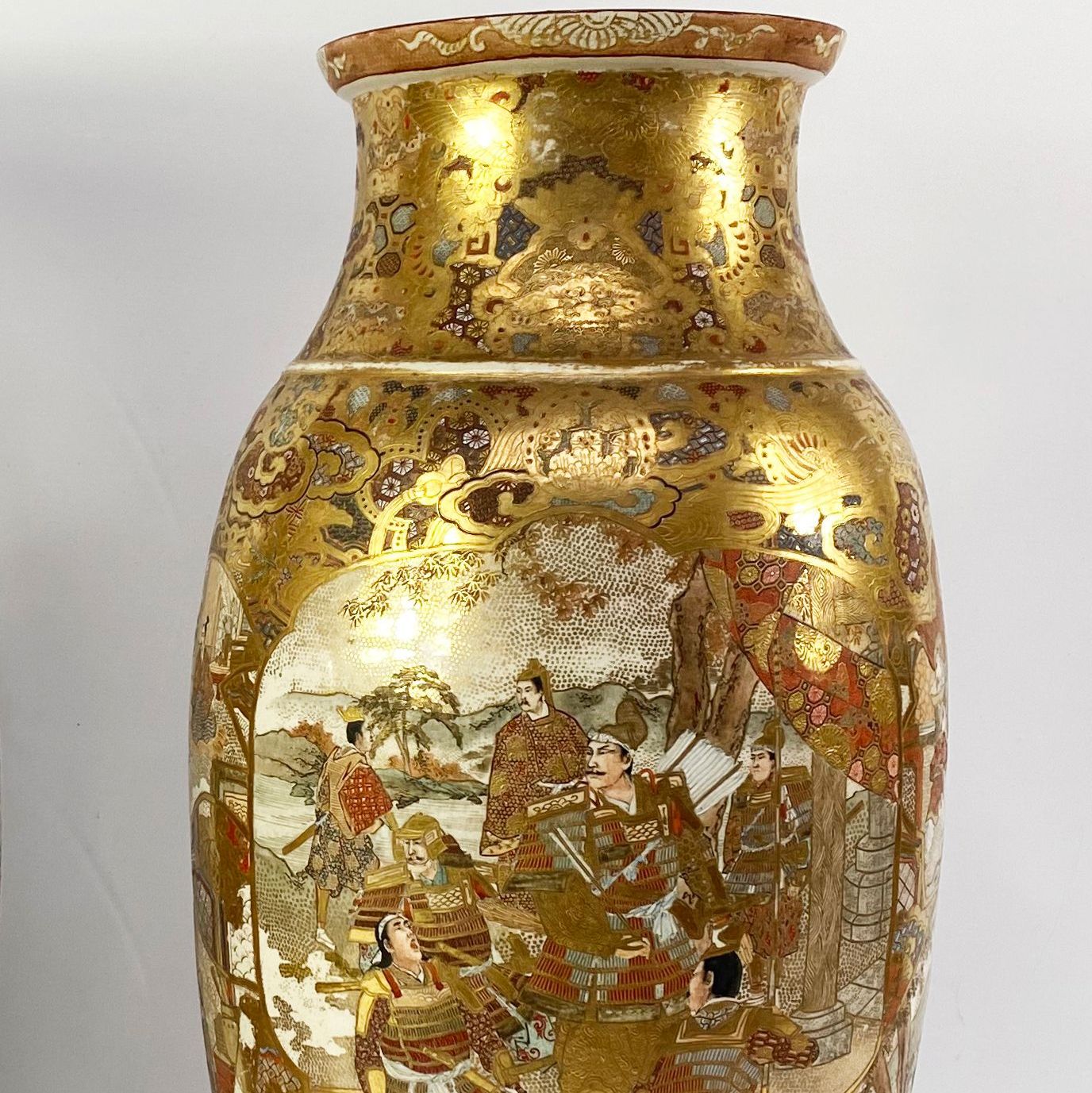
Kyushu, the nerve center of Japanese porcelain
Kyushu, the nerve center of Japanese porcelain, is a place where history and craftsmanship come together to create one of the world's most admired ceramics.
Archaeological excavations reveal that ceramic production in Japan dates back to the Jomon period, before 300 B.C., a time when Korea and China had already mastered the art of ceramics, leading to genuine competition between them.
This rivalry even led to the so-called "Ceramic War", a war between 1592 and 1598 for the conquest of China, during which many Korean craftsmen settled in Japan.
It was on the island of Kyushu, to the north, that they discovered deposits of minerals enabling the manufacture of porcelain. Production then began in Arita, where porcelain, already brilliantly white thanks to kaolin, began to emerge.
These ceramics were gradually exported to Europe, thanks in particular to the Bengara glaze, a brilliant red that seduced the European market.
The Meissen Meissen factory in Germany and Sèvres in France, created in the 18th century, were inspired by these porcelains, and the motifs were adapted to the tastes of the European aristocracy, attracted more by the beauty of the shapes than by their symbolism.
This gave rise to the Imari style, which became emblematic of Japanese porcelain. At the same time, other lesser-known but equally refined styles, such as Kakiemon and gold brocade, enriched the panorama of Japanese ceramics.
In the 16th century, on the same island, the Satsuma family established its own production, and although the objects produced by this factory do not always retain the original ivory, they are now easily recognizable and mark another facet of Japanese porcelain art.
Focus on the Imari vase
The Japanese Imari vase, from the Arita region, perfectly illustrates the evolution of Japanese ceramics over the centuries.
This vase, characterized by its brilliant glaze and sumptuous motifs, echoes the influences of 18th-century Japanese porcelain exports to Europe.
Bright, vivid colors, mainly cobalt blue and Bengara red, dominate the decor. The background is decorated with stylized landscapes, featuring flowers, birds and geometric elements, typical of the Imari style.
This motif, designed to appeal to the European aristocracy, sometimes departs from traditional Japanese symbolism, favoring aesthetic research above all else.
The vase features flowing, elegant forms, with a delicately flared neck and rounded base, recalling the harmony of Japanese objets d'art.
The richness of the decoration, often wrapped around the vase, harks back to a time when porcelain was not just a utilitarian object, but also a work of art that reflected the refined tastes of the elite.
If the Imari style is now a symbol of Japanese ceramic art, this vase also embodies the adaptation of Japanese culture to the expectations of an international market, without ever losing its touch of Japanese elegance.
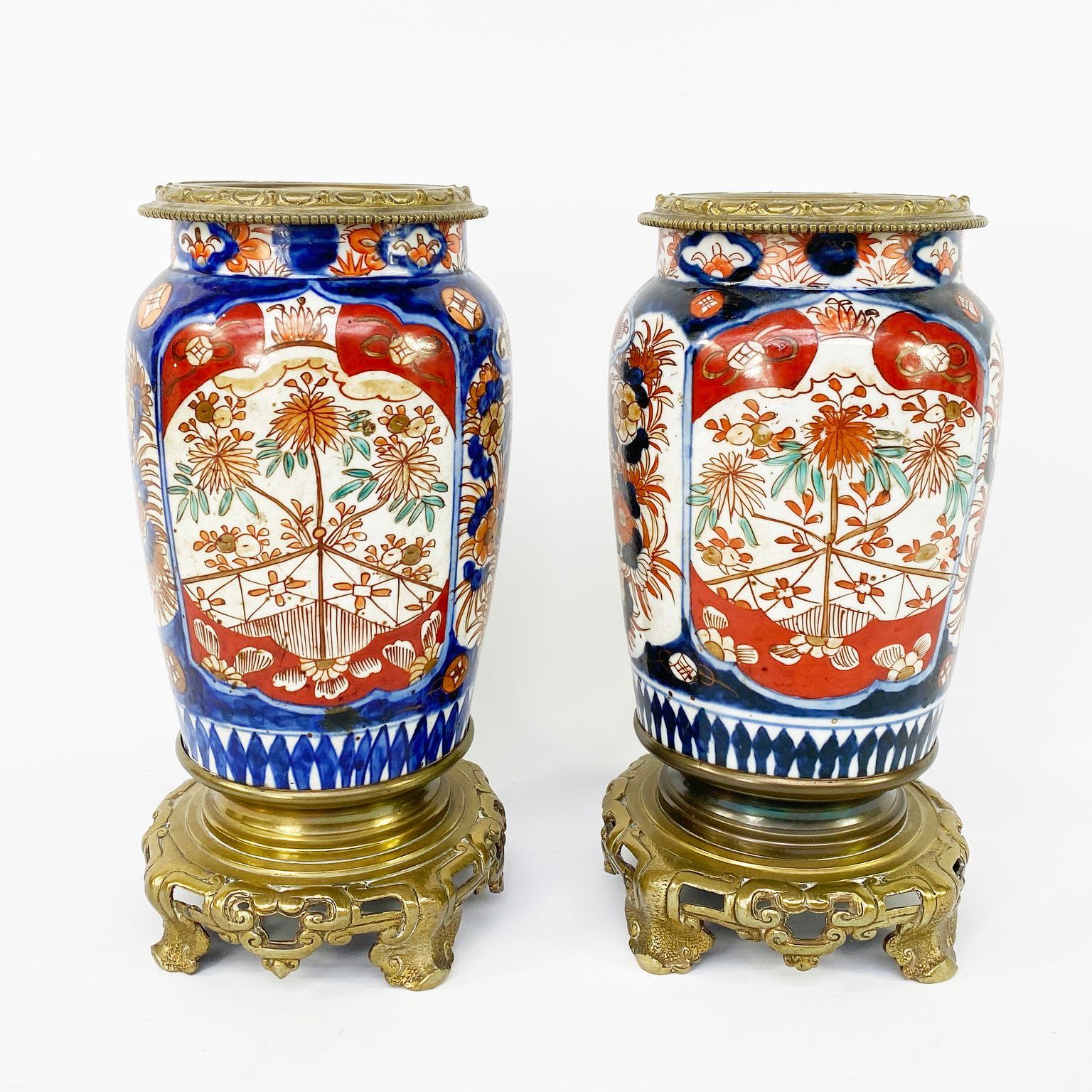
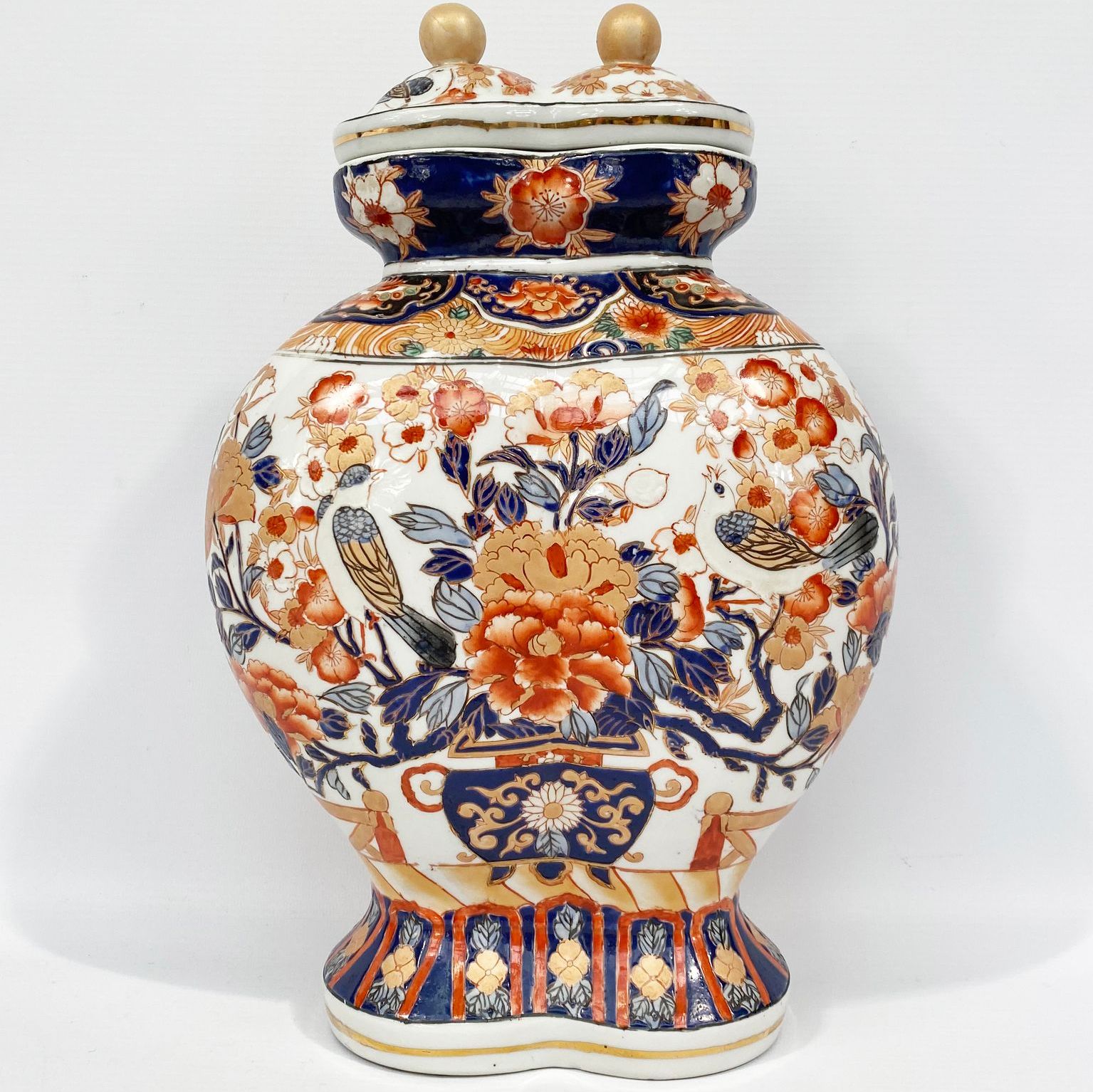
Focus on the Satsuma vase
The Satsuma vase, which originated in the workshops of Kyushu in the 16th century, is surprising in its ability to combine age-old tradition with unique aesthetic demands.
How, in a context where porcelain is evolving rapidly, can we explain the persistent use of ivory enamel and gilded decoration, techniques derived from ancient Chinese and Korean know-how?
Just as etching was reborn in the 1860s by artists such as Manet and Whistler, Satsuma's craftsmen sought to revive a technique they had mastered perfectly, while sublimating it with a distinctly Japanese style.
These vases, with their mythological motifs and depictions of nature, stand in stark contrast to a more pragmatic modernity rooted in the quest for simplicity.
In this production, the meticulous detail and use of gold recall the engravings of the masters of Antiquity, but in a way reinterpreted by medieval Japan.
Far from being merely decorative, the objects of this period were designed to symbolize the refinement and nobility of the Japanese ruling classes, while at the same time being part of a globalized cultural exchange, like the ceramics exported to Europe.
Ultimately, these vases are much more than utilitarian objects: they bear witness to an era when craftsmanship and nobility met in a refined aesthetic, blending tradition and innovation.
The value of Japanese porcelain
The market value of Japanese vases, like that of many other traditional works of art, has been influenced by a number of key factors, as distinct from Chinese porcelain vases.
From the 19th century onwards, pieces produced in renowned workshops such as Satsuma or Imari enjoyed a certain pre-eminence, due in particular to their fine craftsmanship and rich, symbolic decorations.
However, this value has grown steadily in the 20th century, driven by a number of dynamics. While the state of preservation remains an essential criterion, it is often the age of the piece and the quality of its provenance that will determine its place in the market.
Vases in particular, linked to tea rituals or imperial families, are sought after by discerning collectors, especially at auctions.
The importation of Japanese ceramics into Europe in the 19th century also helped forge their reputation, giving rise to a market where Japanese bidders remain the main players today, although international buyers have taken an increasing share.
These pieces, whose brilliance and rarity are signs of distinction, sometimes fetch staggering sums.
Today, the market for Japanese vases is characterized not only by stability, but also by a steady increase in demand, fuelled by growing interest in Japanese culture and its exceptional products.
Recognizing a piece of Japanese porcelain
Porcelain pieces from Japan can have very different signatures and hallmarks. That's why it's important to have your piece appraised. Here are two examples:
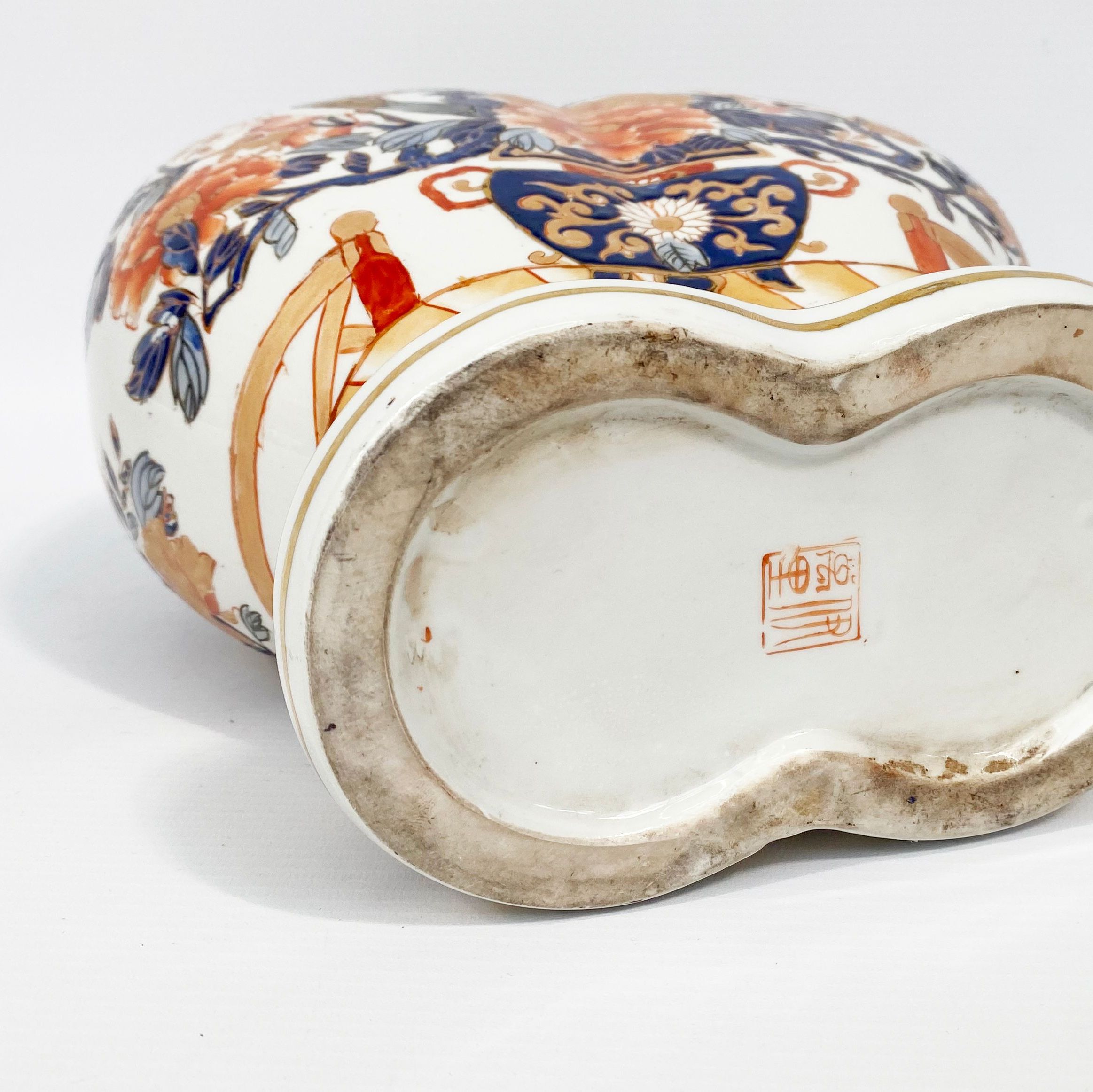
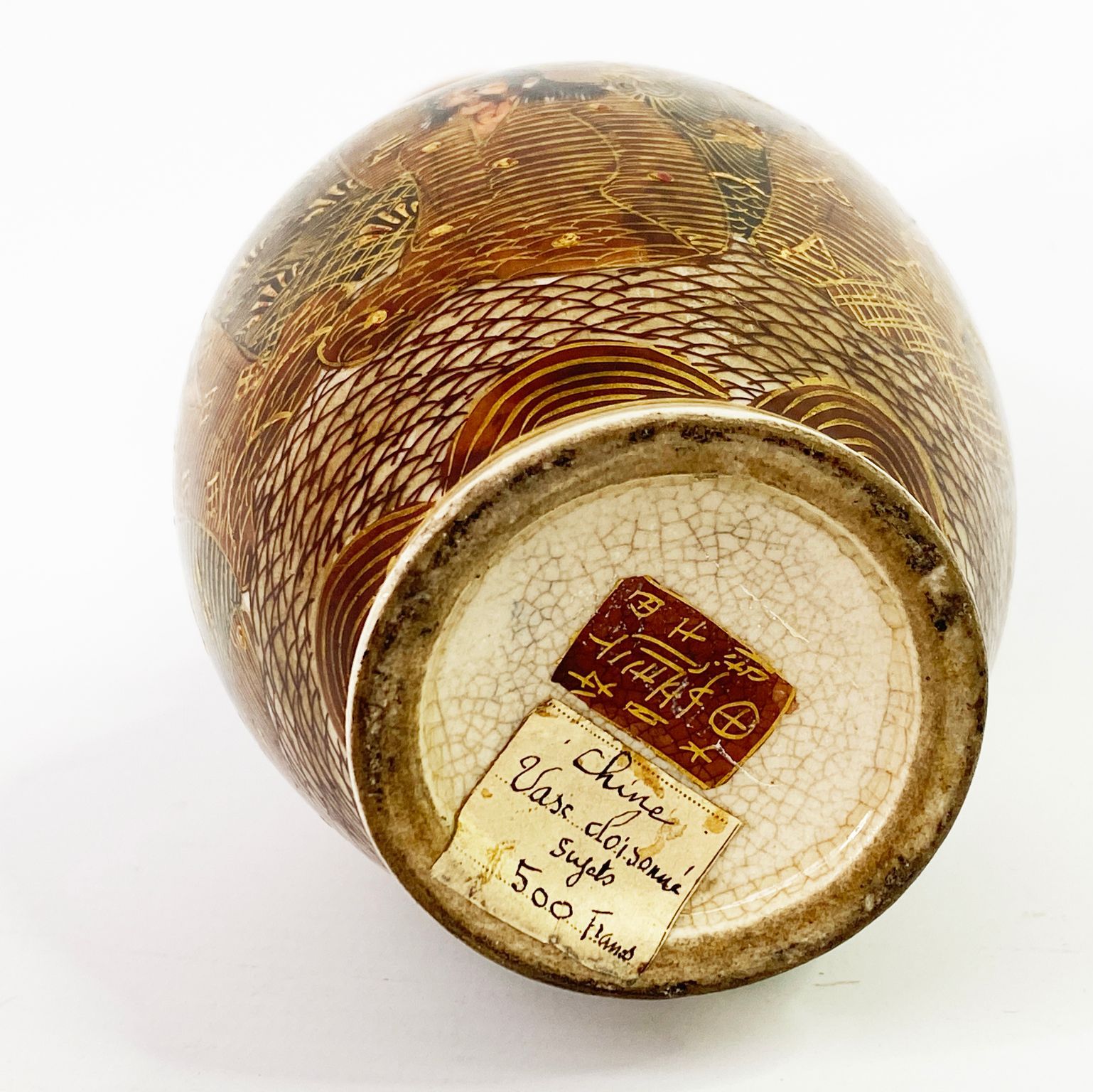
Knowing the value of a work
If you happen to own a piece of Japanese porcelain, or you think you might, don't hesitate to request a free appraisal using the form on our website.
A member of our team of experts and certified auctioneers will contact you promptly to provide you with an estimate of the market value of your work, as well as any relevant information about it.
If you're thinking of selling your work of art, our specialists will also be on hand to help you find alternatives for selling it at the best possible price, taking market trends into account.
Response in less than 24h
Related topics
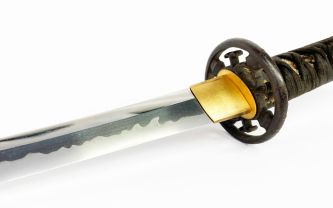
Value and rating of Japanese swords: katanas, wakizashi, tanto
Japanese swords are collector's items, highly prized by French buyers. If you don't know their value, have them appraised.
Read more >
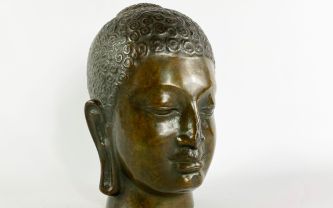
Rating and value of Chinese bronzes
Chinese bronzes are highly sought-after works of art on the auction market, whatever the period, subject or size of the object.
Read more >
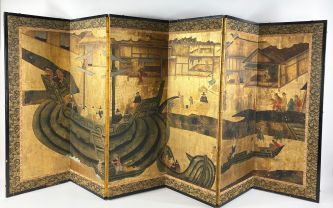
Rating and value of Japanese screens
Japanese folding screens are art objects in vogue on the auction market. They are appreciated for their elegance and refinement.
Read more >
Secure site, anonymity preserved
State-approved auctioneer and expert
Free, certified estimates
